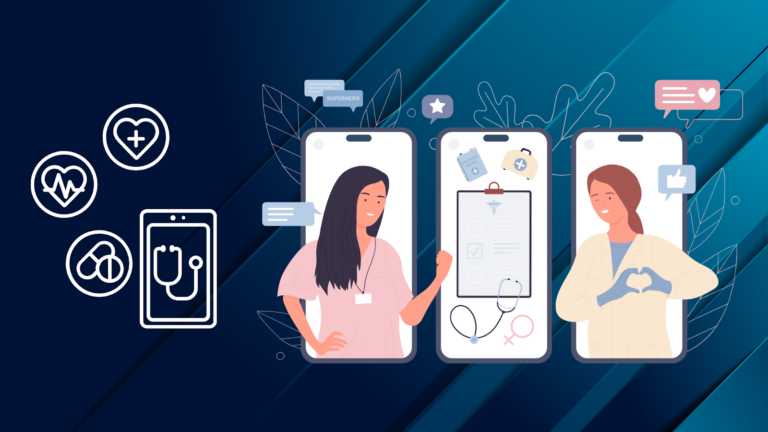Telehealth has emerged as a vital component of healthcare delivery, providing patients with convenient access to medical services remotely. The integration of Artificial Intelligence (AI) into telehealth services presents significant opportunities to revolutionize the healthcare sector. From improving diagnostic accuracy to enhancing patient outcomes, AI-powered telehealth solutions hold the potential to reshape the future of healthcare delivery.
Telehealth and AI: An Overview
Telehealth refers to the delivery of healthcare services remotely through technology, such as video conferencing, mobile apps, and remote monitoring devices. AI encompasses a broad range of technologies that enable machines to perform tasks requiring human intelligence, such as natural language processing, machine learning, and computer vision. By combining telehealth with AI, healthcare providers can leverage advanced algorithms to enhance various aspects of patient care and clinical workflows.
AI-Powered Remote Diagnostics
AI algorithms can analyze medical images, such as X-rays, CT scans, and MRIs, with remarkable accuracy, assisting healthcare providers in diagnosing conditions remotely. These algorithms can detect abnormalities, identify patterns, and prioritize cases based on urgency, expediting diagnosis and treatment.
Personalized Treatment Plans
AI enables the customization of treatment plans based on individual patient data, preferences, and medical history. By analyzing vast amounts of patient data, including genetic information and lifestyle factors, AI algorithms can identify optimal treatment strategies tailored to each patient’s unique needs.
Remote Monitoring and Predictive Analytics
AI-powered remote monitoring solutions enable continuous tracking of patient vital signs, symptoms, and medication adherence outside of traditional healthcare settings. By analyzing real-time data streams from wearable devices and IoT sensors, AI algorithms can detect subtle changes in patient health and predict potential adverse events before they occur.
Virtual Health Assistants
Virtual health assistants powered by AI serve as intelligent interfaces between patients and healthcare providers, offering personalized guidance, support, and information. These virtual assistants can answer patient inquiries, schedule appointments, provide medication reminders, and offer educational resources tailored to individual needs.
Ethical and Regulatory Considerations
Privacy concerns, data security, and patient consent are paramount when leveraging AI algorithms to analyze sensitive health information. Regulatory frameworks governing the use of AI in healthcare require compliance to ensure patient safety and confidentiality.
Overcoming Implementation Challenges
Implementing AI-powered telehealth solutions may face challenges such as interoperability issues, integration with existing health IT systems, and resistance to change among healthcare providers. Addressing these challenges requires collaboration among stakeholders, investment in infrastructure and training, and a commitment to user-centered design principles.
Future Directions and Opportunities
The future of telehealth powered by AI holds immense promise for transforming healthcare delivery and improving patient outcomes. Advances in AI algorithms, data analytics, and remote monitoring technologies will further enhance the capabilities of telehealth platforms, making healthcare more accessible, efficient, and personalized.
Conclusion
The integration of AI into telehealth services represents a paradigm shift in healthcare delivery, offering unprecedented opportunities to enhance patient care, improve clinical workflows, and address healthcare disparities. By embracing innovation and harnessing the power of AI, healthcare providers can unlock new opportunities to deliver high-quality care to patients whenever and wherever they need it.
Predikly pioneers transformative AI solutions, harnessing cutting-edge technologies to drive innovation across industries. Read more about how we empower organizations to unlock opportunities, optimize operations, and achieve measurable success in the era of artificial intelligence.




